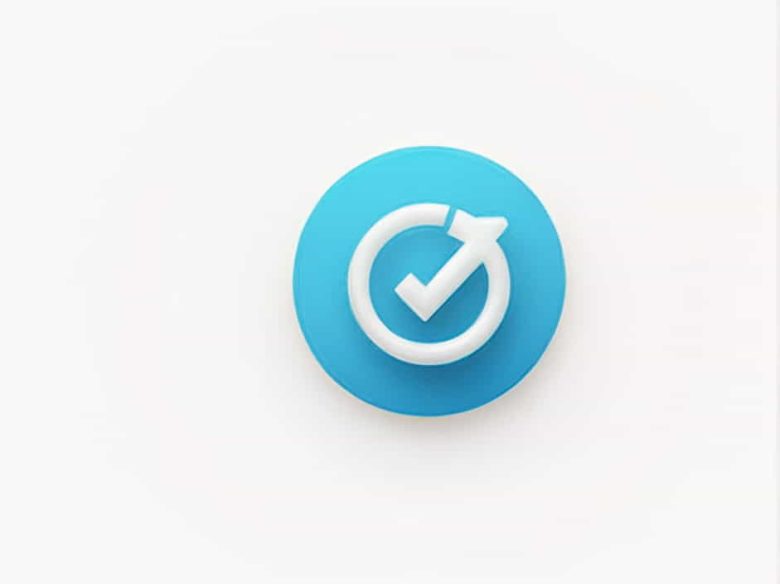The word “veto” is commonly used in politics governance and decision-making. It refers to the power to reject or block a proposal law or decision. The ability to veto is often associated with government officials presidents and international organizations.
This topic will explore the definition of veto its types historical significance and examples of how veto power is used in different systems.
Definition of Veto
Simple Definition
- A veto is the power to refuse approval of a decision law or proposal.
Extended Definition
- Government Context: The power of a president governor or leader to reject a bill passed by the legislature.
- Organizational Context: The ability of a member in a group or council to block a decision.
- International Context: The power of certain countries or organizations to stop resolutions or policies.
Origin of the Word “Veto”
The word “veto” comes from the Latin term meaning “I forbid”. It was first used in ancient Rome where consuls and tribunes had the power to veto decisions. Over time the concept evolved and became an essential part of modern political systems.
Types of Veto Power
There are several types of vetoes used in governments and organizations. Each type has different rules and effects on decision-making.
1. Absolute Veto
- When a leader or governing body completely rejects a bill or decision preventing it from becoming law.
- Example: A president refusing to sign a bill making it impossible for it to pass.
2. Suspensive Veto
- A veto that delays the implementation of a law but does not permanently stop it.
- The legislature can override this veto by re-voting with a higher majority.
- Example: The U.S. president can issue a veto but Congress can override it with a two-thirds majority vote.
3. Pocket Veto
- A special veto where the leader does not sign a bill within a specific time frame while the legislature is not in session.
- This results in the bill automatically being rejected.
- Example: If the U.S. president ignores a bill for 10 days while Congress is not in session the bill is vetoed without direct rejection.
4. Line-Item Veto
- A power that allows a leader to reject specific parts of a bill without vetoing the entire law.
- This is often used for budget and spending bills.
- Example: Some U.S. state governors have line-item veto power over state budgets.
5. Qualified Veto
- A veto that can be overridden by the legislature with a certain level of support.
- Example: The British monarch had a qualified veto in history but it has not been used since the 1700s.
How Veto Power Works in Different Countries
Veto power is used by various governments around the world. The way it functions depends on the political system and constitution of each country.
1. United States
- The President of the United States can veto bills passed by Congress.
- Congress can override the veto with a two-thirds majority vote in both the House and Senate.
- Example: In 2007 President George W. Bush vetoed a bill expanding a health insurance program but Congress failed to override it.
2. United Kingdom
- The British monarch technically has veto power but has not used it since 1707.
- The Prime Minister and Parliament control the decision-making process.
3. India
- The President of India has different types of veto power:
- Absolute veto (complete rejection).
- Suspensive veto (can be overridden by Parliament).
- Pocket veto (ignoring a bill without signing).
- Example: In 1986 President Zail Singh used the pocket veto to delay the Postal Bill.
4. United Nations Security Council (UNSC)
- The UNSC veto is one of the most powerful veto systems in the world.
- The five permanent members (United States Russia China France and the United Kingdom) have veto power over UN resolutions.
- If any one of these countries vetoes a resolution it does not pass.
- Example: Russia has used its UN veto power multiple times to block resolutions on conflicts in Syria.
Historical Examples of Veto Use
1. U.S. Presidential Vetoes
- Franklin D. Roosevelt (FDR) issued 635 vetoes the most by any U.S. president.
- Barack Obama used the veto 12 times during his presidency.
- Donald Trump vetoed 10 bills including a resolution to limit military action in Iran.
2. The Roman Republic
- In ancient Rome tribunes had veto power to stop unfair laws.
- This helped protect ordinary citizens from abuse by the ruling class.
3. The League of Nations
- Before the United Nations the League of Nations had a veto-like system.
- However its structure was weak leading to its failure in preventing World War II.
Advantages and Disadvantages of Veto Power
Advantages
✅ Prevents bad decisions – Leaders can stop harmful or poorly designed laws.
✅ Encourages debate – Legislators must reconsider and improve policies.
✅ Protects minority interests – Prevents the majority from making unfair decisions.
Disadvantages
❌ Can slow down progress – Excessive use of vetoes can block necessary changes.
❌ Gives too much power to one person or group – A single leader or nation can stop global actions.
❌ Can be used for political reasons – Some leaders use vetoes to serve their personal interests.
Common Phrases and Idioms with Veto
- “To veto a proposal” – To reject a suggestion or plan.
- “To have veto power” – To have the ability to block decisions.
- “A veto-proof majority” – A large enough group that can override a veto.
The word “veto” represents the power to reject or block decisions making it an essential part of politics and governance. It is used by presidents governors and international organizations to control policies and laws.
Understanding how veto power works its types and its historical significance helps in recognizing its impact on decision-making at national and global levels. While the veto is a powerful tool it must be used wisely to ensure it benefits society rather than blocking progress.



